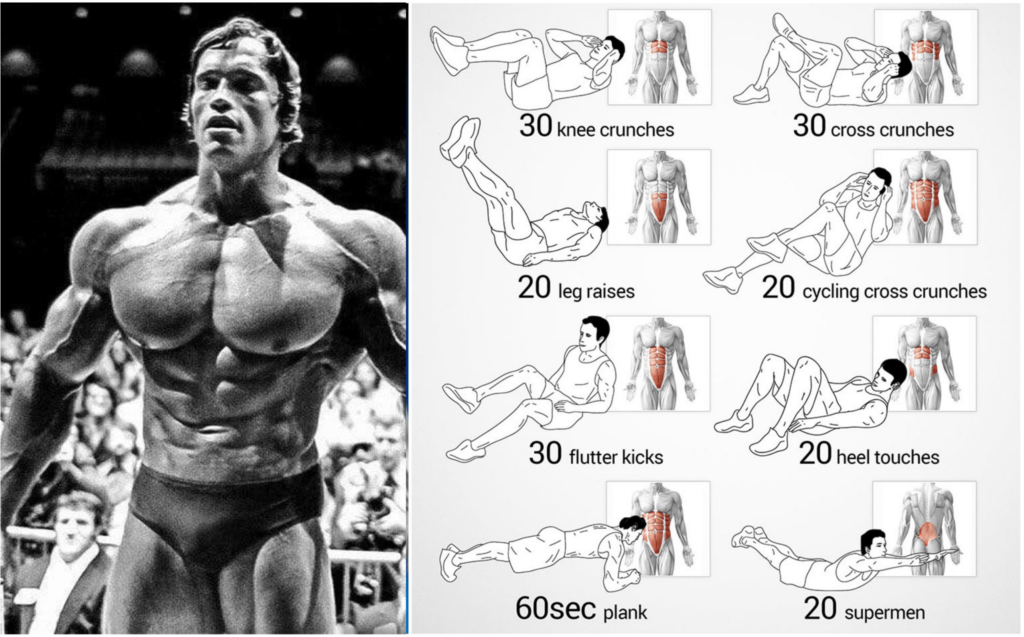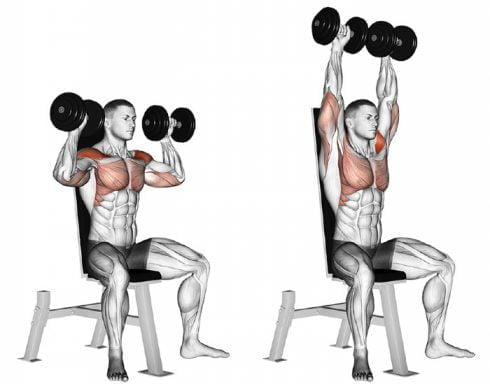Introduction
Leg workouts are an important aspect of any fitness routine, as they help improve overall strength, balance, and stability. However, incorrect form, overuse of certain muscles, and lack of variety can lead to injuries or plateauing progress. By understanding and avoiding these common leg workout errors, individuals can optimize their workouts and achieve their fitness goals more efficiently. In this topic, we will discuss some of the most common leg workout errors and provide tips on how to avoid them.
Common Leg Workout Errors
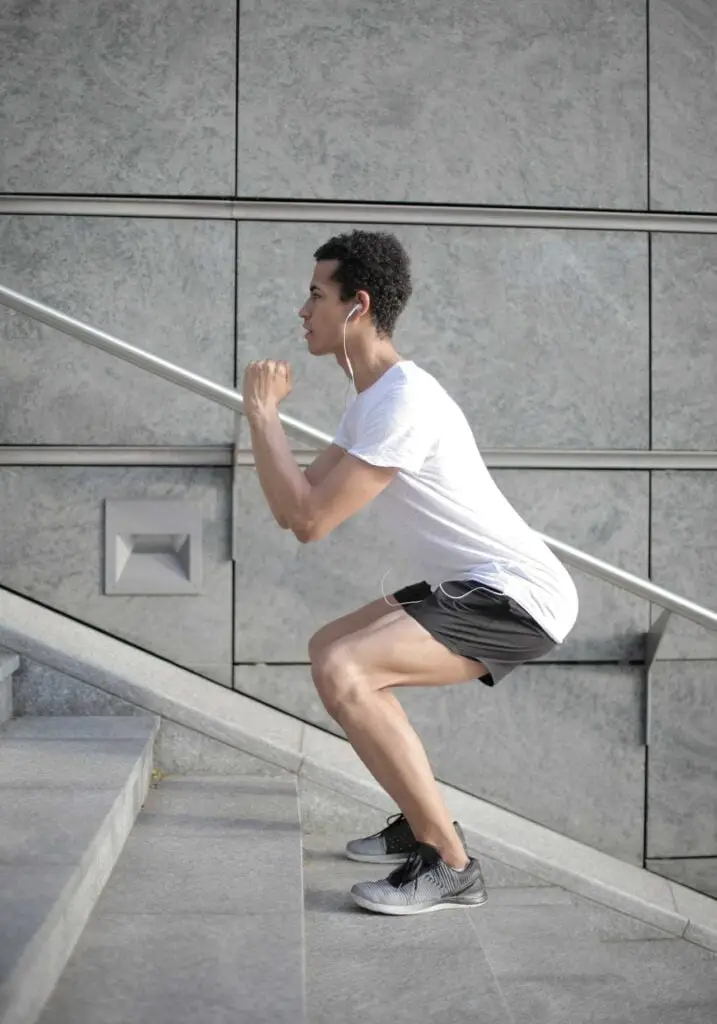
- Neglecting warm-up exercises: Skipping warm-up exercises is a common leg workout error that people make. This can increase the risk of injury and reduce the effectiveness of the workout.
- Using poor form: Using poor form when performing leg exercises, such as squats, lunges, and leg presses, can lead to injury and reduce the effectiveness of the exercise.
- Overtraining: Overtraining the leg muscles by not allowing enough time for rest and recovery between workouts can lead to injury and reduce the effectiveness of the workout.
- Focusing too much on machines: Focusing too much on machines and neglecting free weights and bodyweight exercises can limit progress and reduce the effectiveness of the workout.
- Ignoring weaker muscles: Ignoring weaker leg muscles, such as the calves and glutes, can lead to muscle imbalances and potential injury.
- Not using a full range of motion: Failing to use a full range of motion during leg exercises, such as squats or lunges, can limit the effectiveness of the exercise and reduce strength gains.
- Ignoring pain or discomfort: Ignoring pain or discomfort during a leg workout is a common mistake. It’s important to listen to your body and stop exercising if you experience pain or discomfort, as this can indicate an injury.
- Not incorporating enough variety: Doing the same leg exercises repeatedly can lead to a plateau in strength gains. It’s important to incorporate variety into your leg workouts to challenge your muscles and avoid a plateau.
- Neglecting the core: Neglecting core exercises during a leg workout can limit overall strength gains and increase the risk of injury.
- Using too much weight: Using too much weight during leg exercises can lead to poor form and potential injury. It’s important to start with a weight that is appropriate for your fitness level and gradually increase the weight as you progress.
By avoiding these common leg workout errors and focusing on proper form, adequate rest and recovery, and a balanced workout routine, people can maximize their leg strength gains and reduce the risk of injury.
Importance of Proper Form
Proper form is crucial when doing leg exercises because it helps you to target the correct muscles and reduce the risk of injury. When you use the incorrect forms, you may be placing unnecessary strain on certain muscles, which can lead to pain or injury over time.
For example, when doing a squat, using proper form involves keeping your feet shoulder-width apart, bending at the hips and knees while keeping your back straight, and lowering your body until your thighs are parallel to the ground. This targets the muscles in your quads, hamstrings, and glutes while avoiding strain on your knees or lower back.
On the other hand, if you use improper form by leaning too far forward or letting your knees cave inwards, you may end up placing excessive strain on your back or knees, which can lead to pain or injury.
By using proper form during leg workouts, you can ensure that you’re targeting the right muscles while reducing the risk of injury. It’s also important to start with lighter weights and gradually increase the weight as you improve your form and strength.
Role of Rest and Recovery
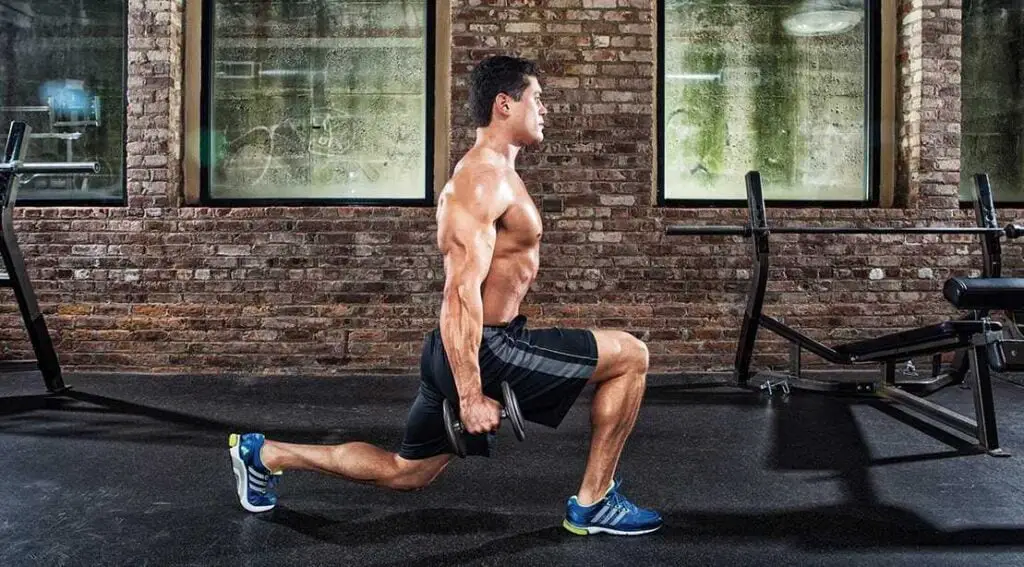
Rest and recovery play a crucial role in avoiding leg workout errors and maximizing the benefits of your leg workouts. When you work out your legs, you’re putting stress on your muscles, causing them to break down and rebuild stronger. However, if you don’t give your muscles time to recover, you can actually hinder your progress and increase your risk of injury.
Rest days are important because they allow your muscles to repair and rebuild themselves. When you work out, you create microscopic tears in your muscle fibers. These tears need time to heal and rebuild, which is why rest days are crucial. Without sufficient rest, your muscles won’t have the opportunity to repair themselves, and you’ll end up breaking them down further, leading to overtraining and potential injuries.
Recovery also involves proper nutrition and hydration. After a leg workout, your body needs nutrients to repair muscle tissue and replenish energy stores. Eating a balanced diet that includes plenty of protein, complex carbohydrates, and healthy fats can help support muscle recovery.
Proper sleep is also important for muscle recovery. When you sleep, your body releases hormones that promote muscle growth and repair. Aim for at least 7-8 hours of sleep per night to support your leg workout recovery.
In conclusion, rest and recovery are essential components of a successful leg workout routine. Adequate rest, proper nutrition, and sufficient sleep are all important for allowing your muscles to recover and grow stronger, while reducing the risk of leg workout errors and injuries.
Benefits of A Balanced Leg Workout
One of the key benefits of a balanced leg workout is that it can help prevent muscle imbalances. When you only work certain muscles in your legs (such as the quadriceps and hamstrings) and neglect others (such as the calves and glutes), you can develop muscle imbalances that can lead to poor posture, joint pain, and an increased risk of injury.
By including a variety of exercises that target all of the major muscle groups in your legs, you can help ensure that your muscles are balanced and working together effectively. This can help improve your overall strength and stability, making it easier to perform everyday activities like walking, running, and climbing stairs.
A balanced leg workout can also help improve your athletic performance. For example, strong calves are important for jumping and sprinting, while strong glutes are essential for power and speed. By including exercises that target these muscles, you can improve your performance in sports and other physical activities.
In addition, a balanced leg workout can help you avoid workout plateaus. If you only do the same leg exercises repeatedly, your muscles may eventually adapt and stop growing. By incorporating a variety of exercises, you can challenge your muscles in new ways and keep making progress.
Overall, a balanced leg workout is essential for building overall leg strength, improving athletic performance, preventing muscle imbalances, and avoiding workout plateaus. By working all of the major muscle groups in your legs, you can ensure that your legs are strong, stable, and ready for whatever challenges come your way. Remember to use proper form and technique to avoid leg workout errors and maximize your results.
How to Incorporate Variety Into Your Leg Workouts
To prevent hitting a plateau in your leg strength gains, it’s important to incorporate variety into your leg workouts. There are several ways you can do this:
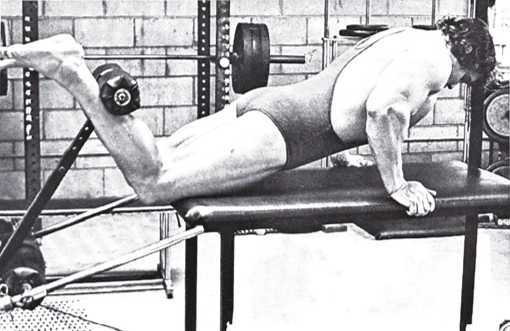
- Change up your exercises: Instead of doing the same exercises every leg workout, switch things up by incorporating new exercises that target different muscle groups. For example, you could alternate between lunges, squats, leg presses, step-ups, and other exercises that work your leg muscles in different ways.
- Vary your reps and sets: Changing the number of reps and sets you do can also help challenge your leg muscles. For example, you could do more reps with lighter weights, or fewer reps with heavier weights. You could also try doing more sets with shorter rest periods to increase the intensity of your workout.
- Try different equipment: If you usually use machines or free weights for your leg workouts, try incorporating bodyweight exercises or resistance bands to switch things up. You could also try using different machines or weights to work your muscles in new ways.
- Incorporate plyometrics: Plyometric exercises, which involve explosive movements like jumping, can help improve your leg power and explosiveness. Exercises like jump squats, box jumps, and lunges with explosive jumps can all be effective.
- Use different tempos: Changing the tempo of your exercises can also help challenge your leg muscles in new ways. For example, you could try doing slower, controlled reps, or you could do explosive reps with a quick burst of power.
- Incorporate unilateral exercises: Instead of always doing bilateral exercises (like squats and lunges that work both legs at once), try doing unilateral exercises that work each leg independently. Exercises like single-leg squats, split squats, and single-leg deadlifts can help improve your balance and stability, and challenge your muscles in new ways.
- Change your workout frequency: If you typically work out your legs once or twice a week, try increasing or decreasing your workout frequency to challenge your muscles in new ways. For example, you could try doing leg workouts three times a week, or you could reduce your leg workouts to once every 10 days to give your muscles more time to recover.
Remember, the key to incorporating variety into your leg workouts is to keep challenging your muscles in new and different ways. By using a combination of different exercises, equipment, reps and sets, tempos, and workout frequency, you can keep your leg workouts interesting and effective, and continue to make progress in your strength and fitness goals.
Common Leg Injuries and How to Avoid Them
Common leg injuries can occur when you’re doing leg workouts, and it’s important to know how to avoid them. Some of the most common leg injuries that can happen during a leg workout include strains, sprains, and shin splints. These injuries can be caused by a variety of factors, including using poor form, overtraining, or doing too much too soon.
To avoid leg injuries during a leg workout, it’s important to use proper form and technique when performing exercises. For example, when doing squats or lunges, make sure that your knees are tracking in line with your toes, and that you’re not putting too much pressure on your knees or lower back.
It’s also important to start slowly and gradually increase the intensity of your workouts over time. Don’t try to do too much too soon, as this can increase your risk of injury. Be sure to warm up properly before your workout, and to stretch and cool down afterward.
Another way to avoid leg injuries during a leg workout is to listen to your body. If you feel pain or discomfort during an exercise, stop and assess what might be causing the problem. It could be that you’re using poor form, or that you need to adjust the intensity of the exercise.
Finally, make sure that you’re giving your body enough time to rest and recover between workouts. Overtraining can increase your risk of injury, so be sure to take rest days and get plenty of sleep and proper nutrition to support muscle recovery.
By following these tips, you can help prevent leg injuries during your leg workouts and keep your legs strong and healthy.
Mistakes to Avoid When Using Gym Equipment
Certainly! When using gym equipment for leg workouts, there are some common mistakes you should avoid to prevent leg workout errors and potential injury. Here are some examples:
- Using too much weight: One of the most common mistakes people make when using gym equipment for leg workouts is using too much weight. This can put excessive strain on your muscles and joints, and increase your risk of injury. It’s important to start with a weight that is comfortable and gradually increase it as your strength improves.
- Using poor form: Another mistake to avoid when using gym equipment for leg workouts is using poor form. This can put unnecessary strain on your muscles and increase your risk of injury. Be sure to learn the proper technique for each exercise and practice good form throughout your workout.
- Not adjusting the equipment properly: Many people make the mistake of not adjusting the equipment properly to their body size and shape. This can make the exercise less effective and increase your risk of injury. Take the time to adjust the equipment before you begin your workout to ensure a safe and effective workout.
- Ignoring safety precautions: Gym equipment can be dangerous if not used properly, so it’s important to follow safety precautions when using it. This may include using a spotter when doing heavy lifts, wearing proper footwear, and using safety clips to secure weights.
- Not cleaning the equipment: Finally, it’s important to clean the equipment after each use to prevent the spread of germs and bacteria. Neglecting to do so can increase your risk of illness and infection.
- Overtraining: Overtraining is another mistake people make when using gym equipment for leg workouts. It’s important to allow your muscles time to rest and recover between workouts to prevent injury and promote muscle growth. If you don’t give your muscles time to recover, you may experience fatigue, soreness, and decreased performance.
- Neglecting warm-up exercises: Skipping warm-up exercises before using gym equipment for leg workouts is a common mistake that can lead to injury. Warming up helps to increase blood flow to your muscles, reduce the risk of injury, and improve your performance. Some good warm-up exercises for leg workouts include jogging, cycling, or doing some lightweight exercises.
- Focusing only on certain muscles: Another mistake to avoid when using gym equipment for leg workouts is focusing only on certain muscles, such as the quadriceps or hamstrings. Neglecting other muscles, such as the calves and glutes, can lead to muscle imbalances and increase your risk of injury. Be sure to include exercises that target all of the muscles in your legs to maintain balance and improve overall strength.
- Using momentum to lift weights: Using momentum to lift weights is a common mistake that can reduce the effectiveness of the exercise and increase your risk of injury. It’s important to use slow, controlled movements when lifting weights to engage your muscles and prevent injury.
By avoiding these common mistakes when using gym equipment for leg workouts, you can help prevent leg workout errors and ensure a safe and effective workout.
Conclusion
In conclusion, leg workout errors can be prevented by avoiding common mistakes when using gym equipment for leg workouts. These mistakes include using too much weight, using poor form, neglecting to adjust the equipment properly, ignoring safety precautions, overtraining, neglecting warm-up exercises, focusing only on certain muscles, and using momentum to lift weights.
By taking the time to learn proper technique, using appropriate weights, warming up properly, and paying attention to safety precautions, you can prevent leg workout errors and reduce your risk of injury. Remember to listen to your body and take breaks when needed, and always seek medical advice if you experience pain or discomfort during or after your workout. With these tips in mind, you can enjoy a safe and effective leg workout that helps you achieve your fitness goals.

Good day, and welcome to Fitthour. My name is Shubham Vijay, and I am a certified personal trainer and nutrition coach with 6 years of experience in the fitness industry. At Fitthour, we specialize in types of training, such as strength training, cardio, or HIIT, and our mission is to help clients achieve their fitness goals and improve their overall health.

